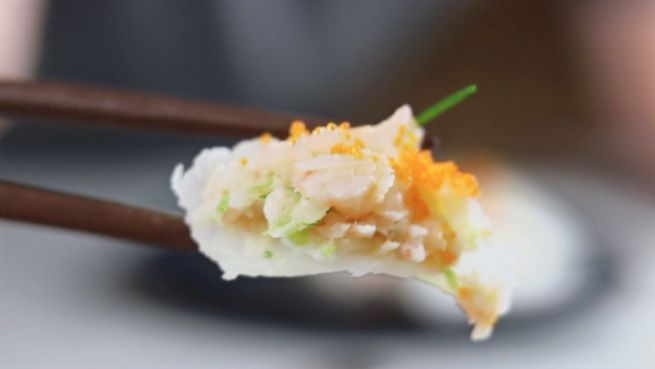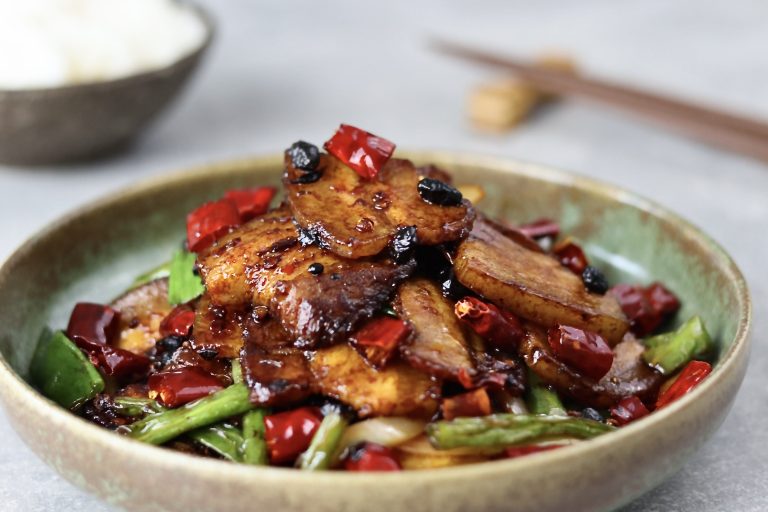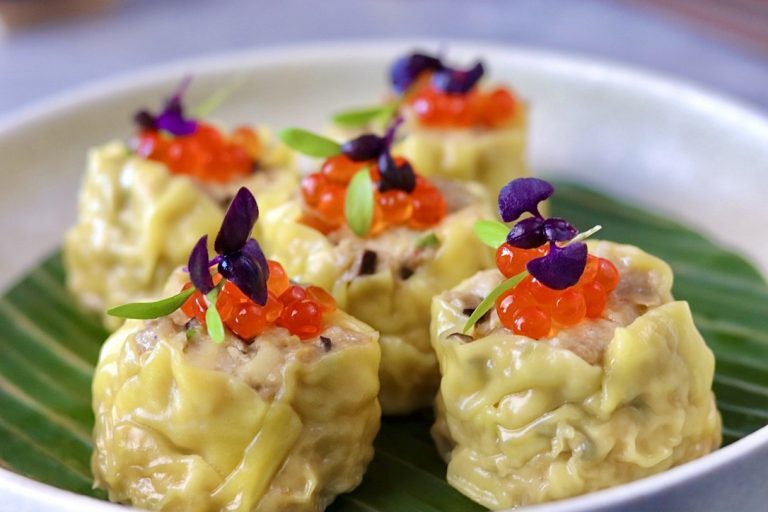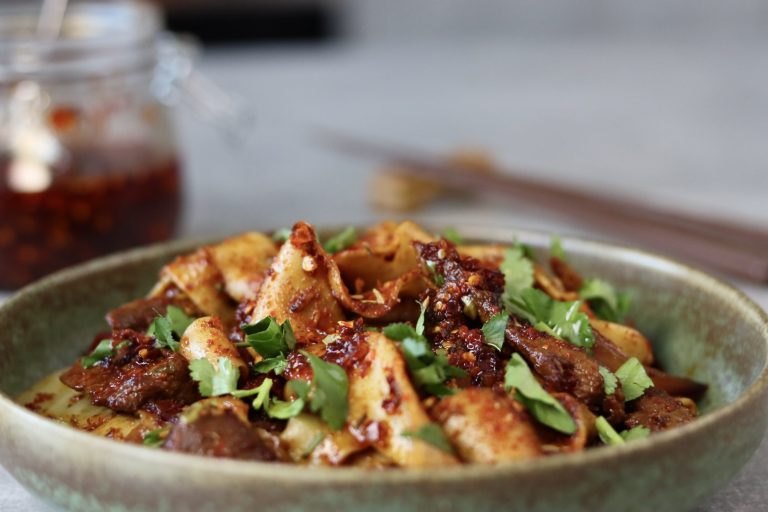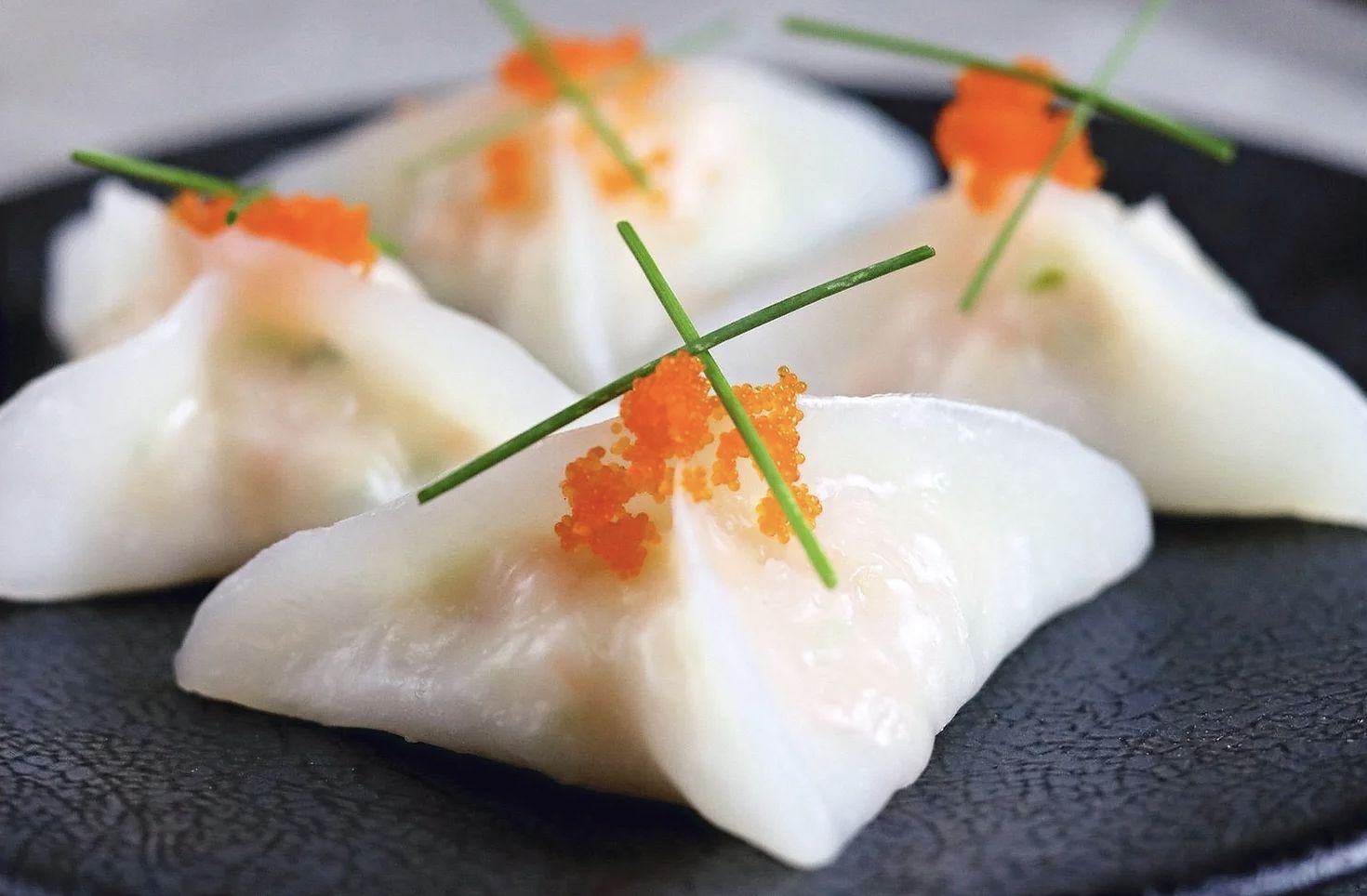
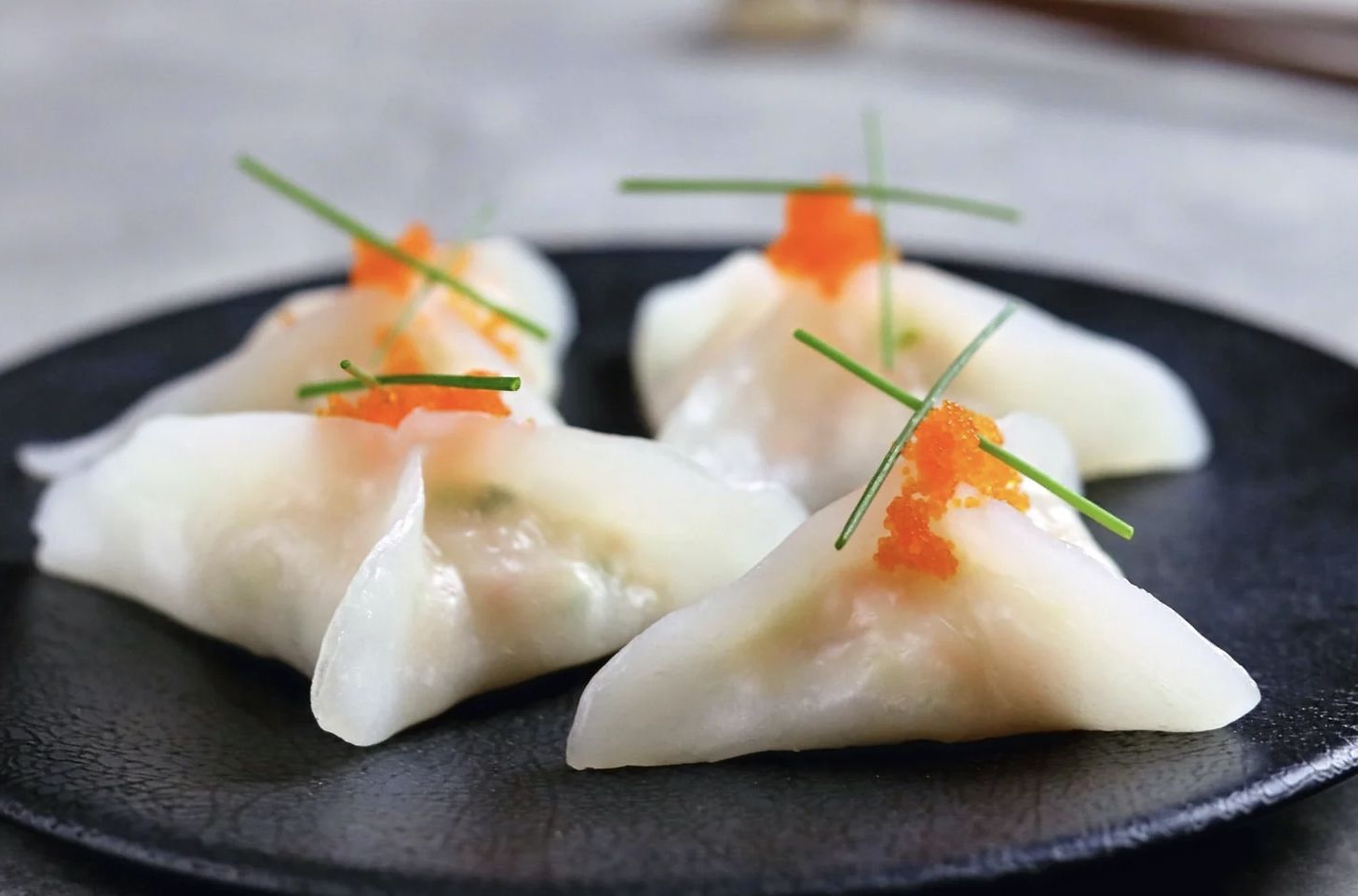
Intro:
Har Gow dumplings originally stemmed out of a small tea house in a place called Wucu village which lies in the suburbs of Guangzhou. The dumplings are made up of a deliciously simple shrimp filling, however, it is the unique textured transparent wrappers that take the humble filling to that next level. Har Gow is slightly tricky to master as the wrappers are quite delicate to handle, although I find wrapping them into triangular parcels makes light work of this making the whole process pretty enjoyable. With all that said let’s make Har Gow!
Method:
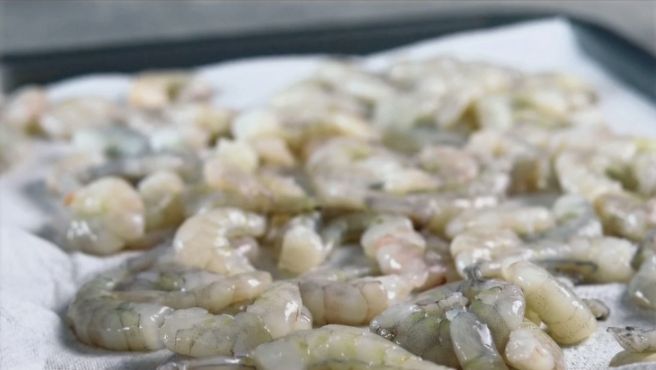
Shrimp Filling:
1. Right of the bat let’s talk shrimp, peeled deveined shrimp are totally cool to use for this recipe but firstly we need to get rid of as much moisture as possible. Lay 500g of shrimp onto a baking tray covered with kitchen paper. When slightly dry divide the 500g of shrimp into two. Take one half of the shrimp and literally bash each one with the flat side of a cleaver or rolling pin. When half of the shrimp are now flattened, begin to mince with a knife until nice and fine then place into a mixing bowl. We will use this half of the shrimp to act as a binding agent.
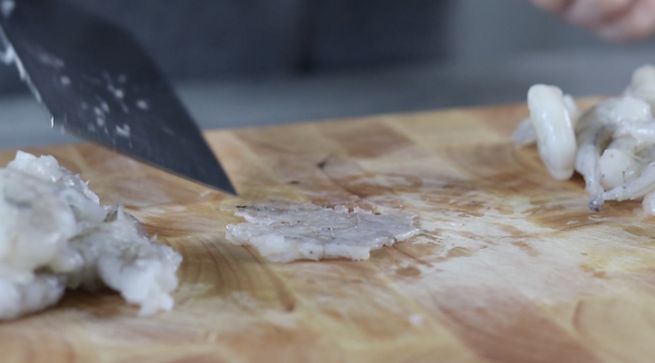
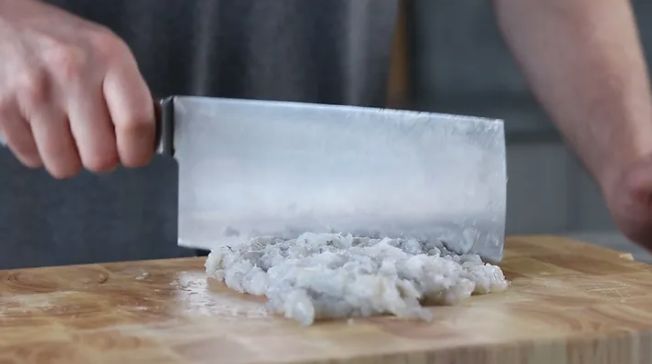

2. Now for some texture, for the other remaining half of the shrimp simply roughly slice through to create a small 1cm dice of shrimp. Try not to make the shrimp too large or too fine as we want each dumpling to have that bite from the shrimp. When sliced add the diced shrimp along to the minced.
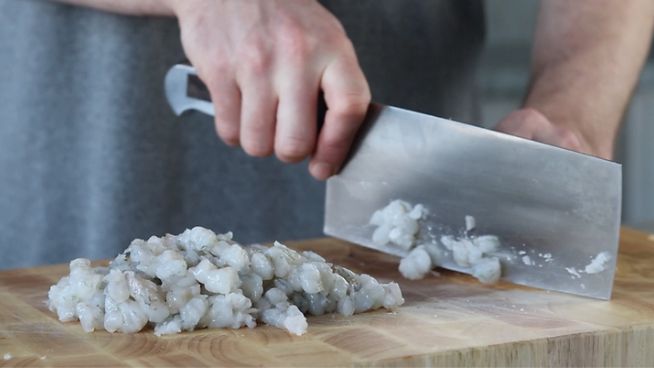
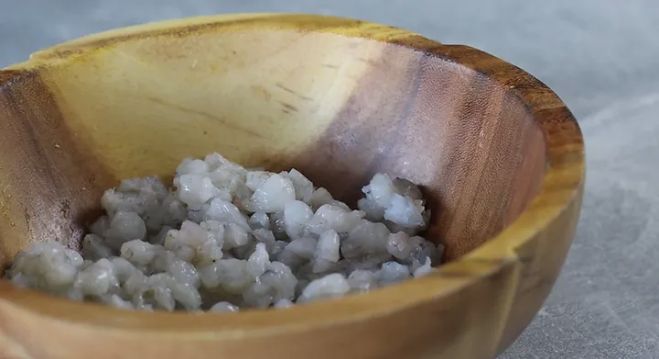
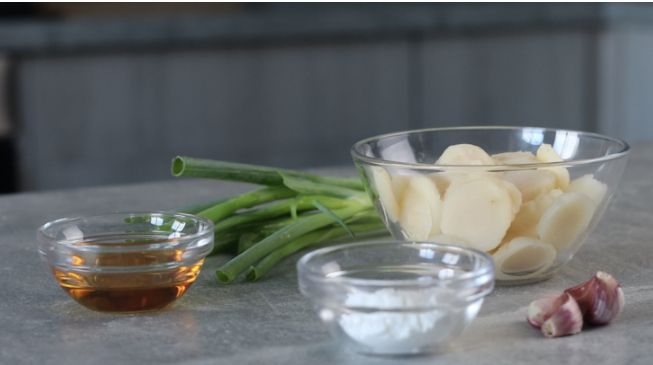
Rest of the filling:
3. Now to make our shrimp a little more interesting, for even more texture and a nice nutty almost Peary taste we want to use some water chestnut. Grab approximately 100g worth (tinned is fine) then slice into a fine dice or otherwise known as brunoise. When diced we also want to mince 3 garlic cloves and finely slice 3-4 spring onions. Add the water chestnut, garlic and spring onion to the shrimp along with 3 tbsps of sesame oil, 1 tsp of sea salt, 1/2 tsp white pepper and 1 tbsp of cornstarch.
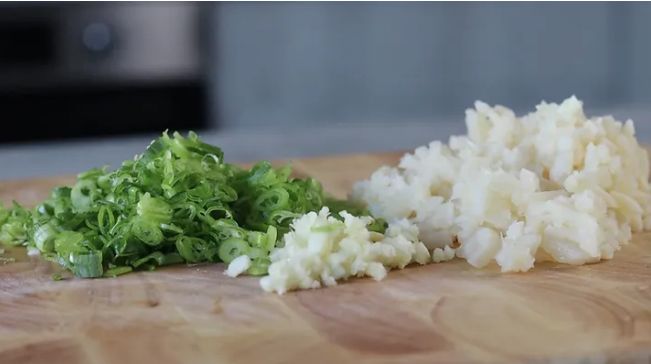
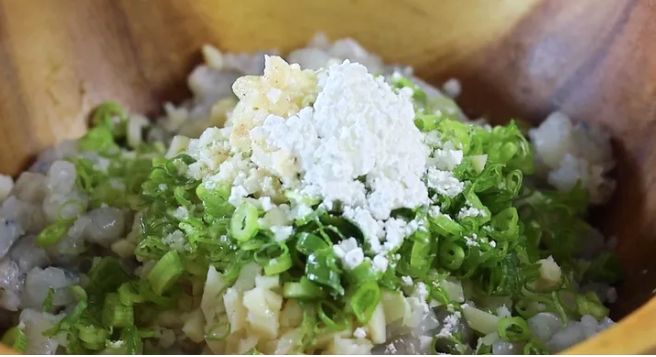
4. Now to mix, take a pair of chopsticks and begin to stir the filling going in 1 constant singular direction. This may seem odd but this is to activate the myosin within the shrimp which will leave us with a far stickier filling. After 2-3 minutes of stirring the filling should be ready. Cover with clingfilm and keep cool in the refrigerator for now.
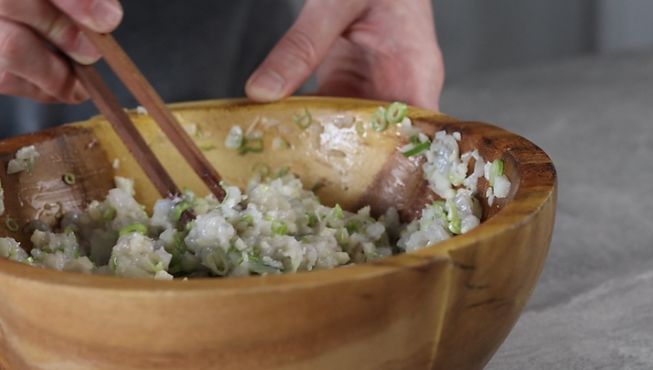
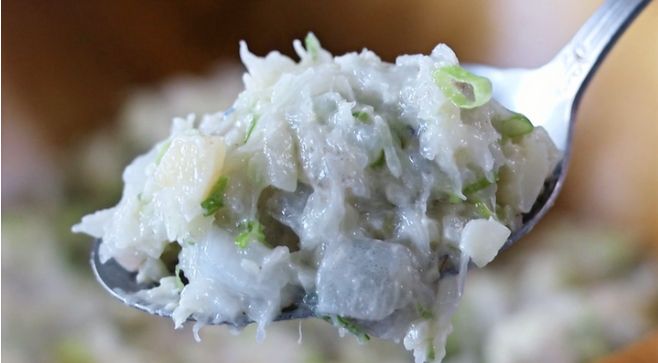
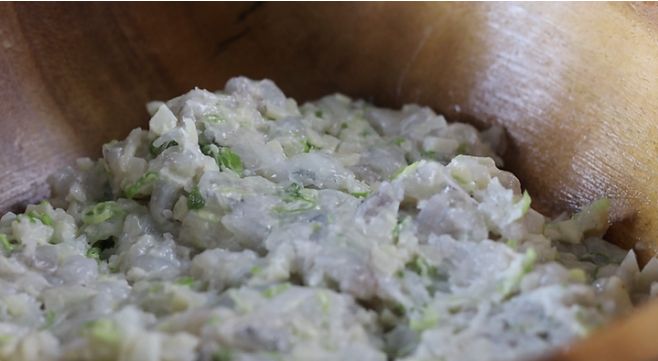

Har Gow Wrappers:
5. Time to move onto making the wrappers. For the wrappers were going to be using 3 different types of starch, cornstarch, wheat starch and tapioca starch. In a large mixing bowl add 100g of wheat starch, 100g tapioca starch, 30g of cornstarch and 1/2 tsp of salt. Mix the flour well until evenly combined. Now for the liquid, measure out 300mls of boiling water then slowly add the hot water to the flour whilst constantly mixing. The flour becomes almost gloopy fairly quickly, therefore, I like to use a spatula to evenly mix and hydrate the flour. Continue to mix until the flour becomes crumbly and snow like.

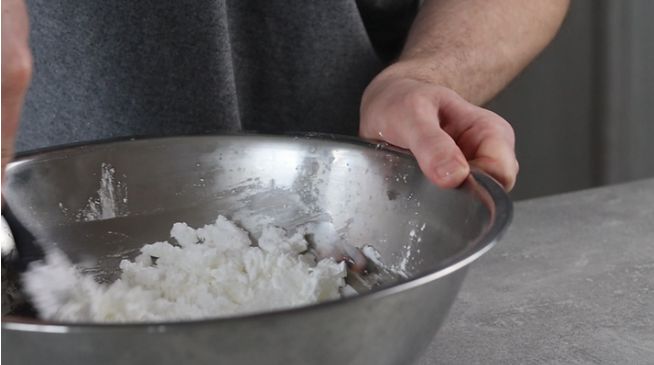
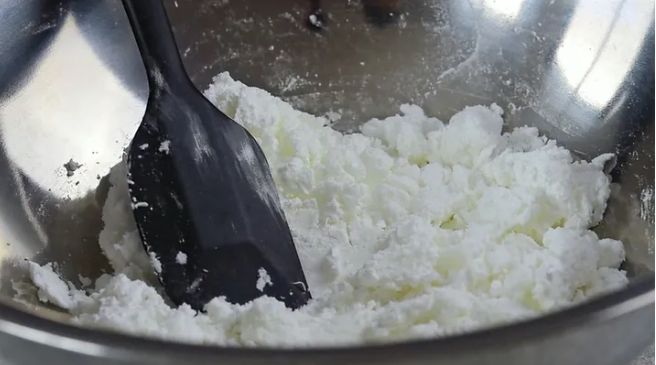
6. Next we want to begin to knead, at this point the flour will still be extremely hot so take care when doing this or wait for the dough to slightly cool. Begin to knead and bring the dough together until a cohesive piece of dough is formed. When more manageable, empty the dough out onto a worktop and drizzle over a touch of cooking oil. Continue to knead for a few minutes until an elastic piece of dough is formed.
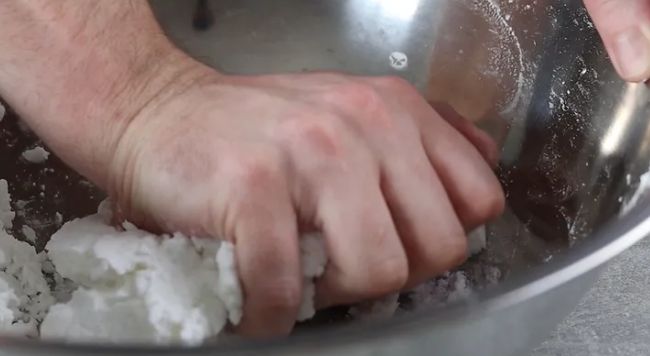
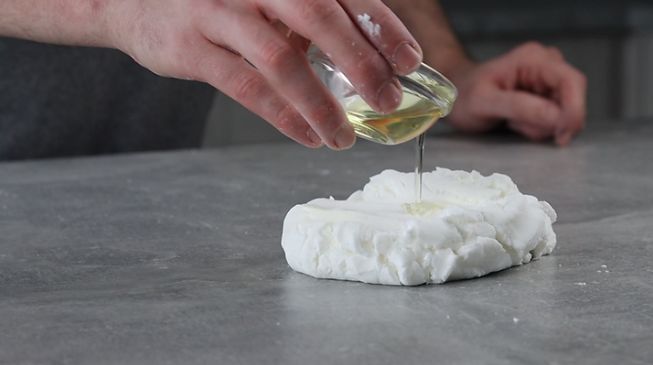
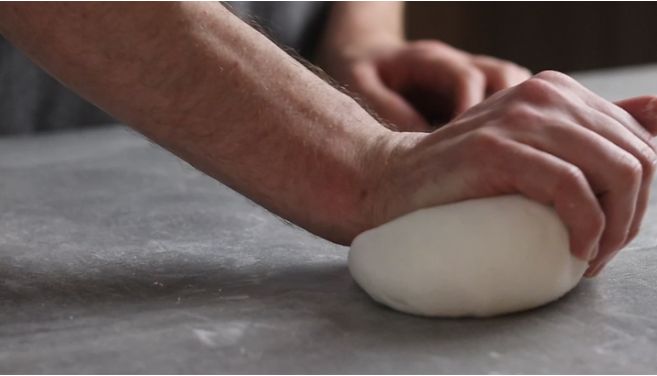
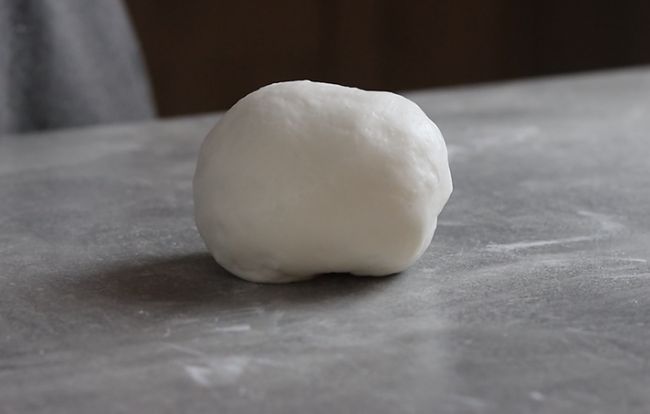
7. Now that we have a nice and elastic piece of dough its time to make up the wrappers. This dough does not need to rest making it fairly quick compared to other dumpling wrapper doughs. Divide the ball of dough into 4 equal pieces then cover the dough with clingfilm to prevent it from drying out. Next, take out one of the pieces of dough then place it onto the work top lightly dusted with cornstarch. Begin to roll out the dough to make a long log of dough approximately 1 inch in diameter. When rolled divide the dough into 6-8 (depending on size you want the dumplings to be) equal sized pieces. When cut cover and repeat for each of the larger pieces of dough.
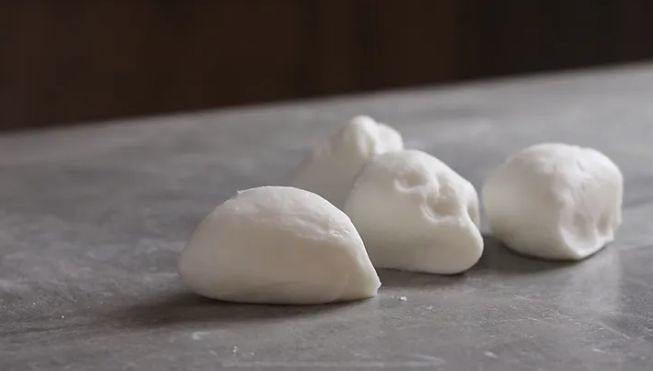

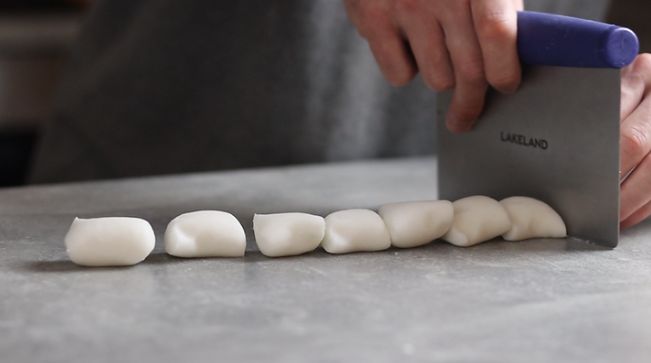
8. Now to transform these small balls of dough into wrappers, lightly dust a worktop with cornstarch again then take out a wrapper and flatten with your palm to create a flat disk. Now using a rolling pin, roll out the dough to make a circular wrapper roughly the size of your palm. The best way to roll out the dough is by using your off hand to hold the dough using your thumb and index finger then slowly rotating the dough whilst rolling with your other hand to the centre of the dough. This will actually leave a slightly thicker centre in the dough which will secure the filling when folding. When we have our dumpling wrapper repeat this process for each small piece of dough then keep the wrappers covered to prevent from drying out.
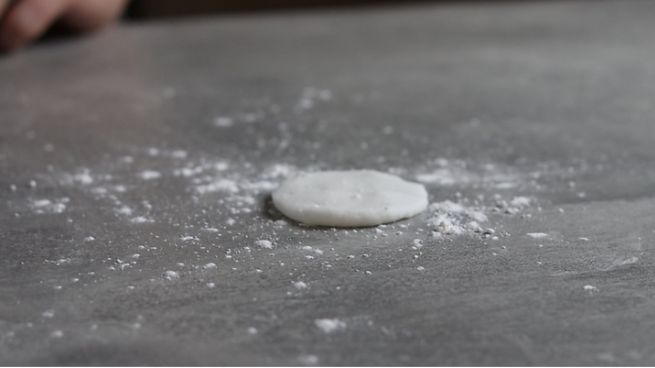
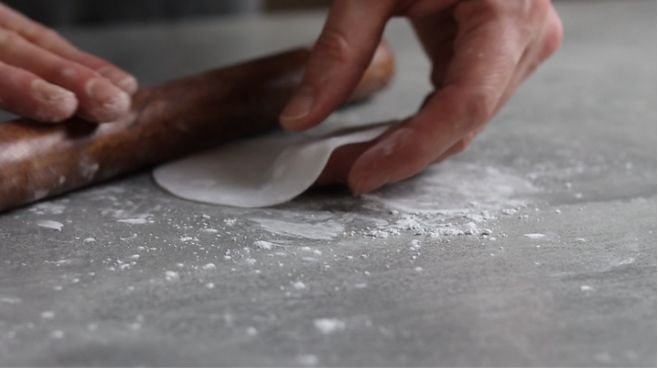
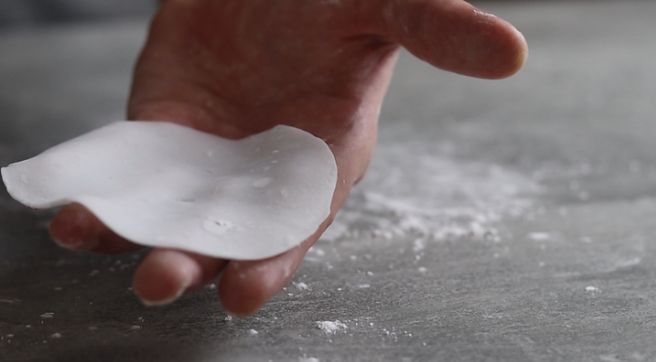
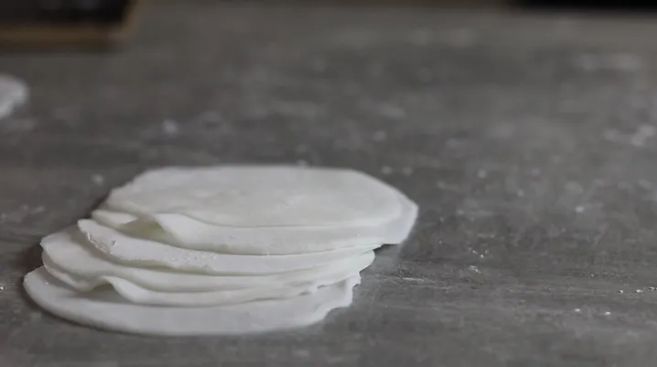
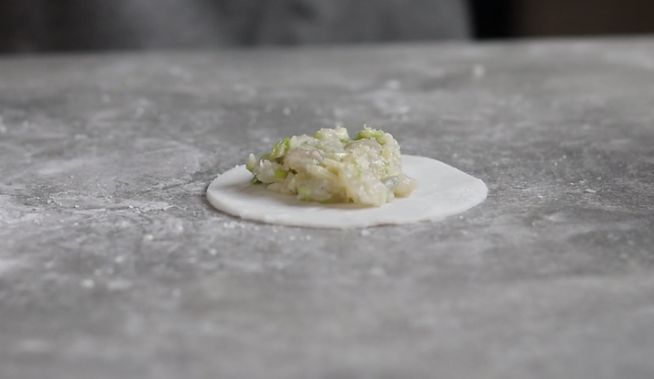
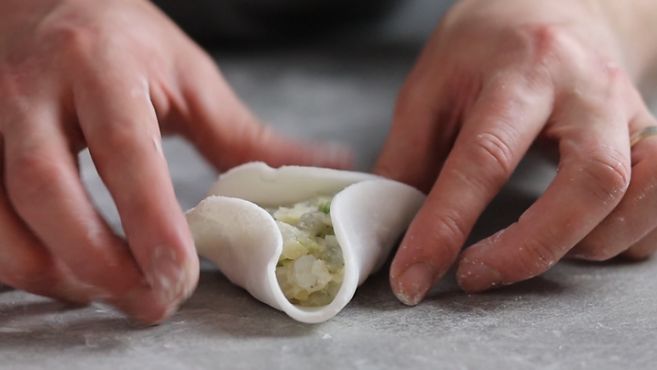
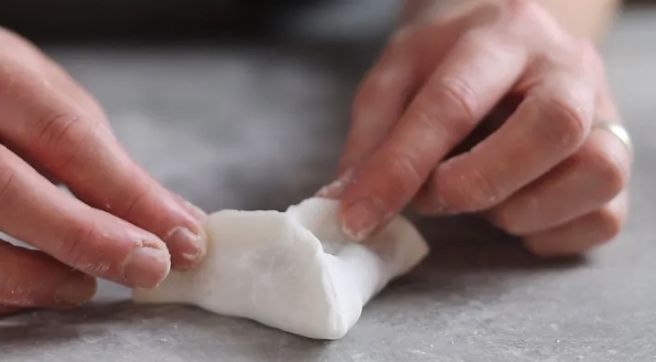
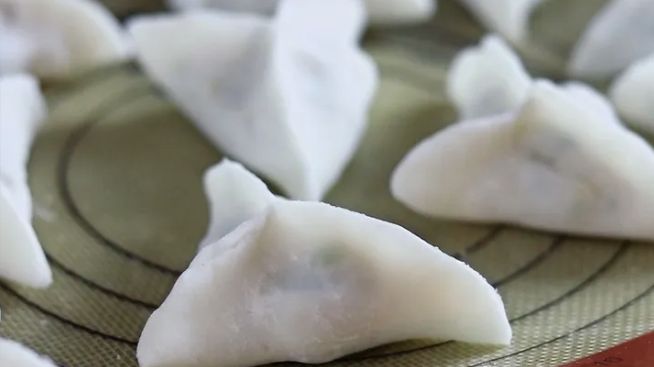
10. When all of the dumplings are made all that’s left to do now is to cook. Place each dumpling onto a small square piece of parchment paper then place each dumpling into a bamboo steamer. To cook, place the bamboo steamer onto a double boiler on a high heat then steam for 6-8 minutes depending on the size of the dumplings. When steamed the dumplings should now be soft and slightly translucent. Place the steamed dumplings to one side then allow the dumplings to sit in the steamer for 5 minutes. This will allow them to tighten up then the dumplings are ready.
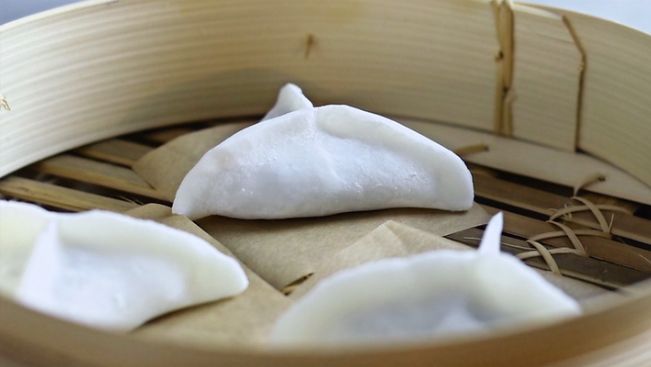
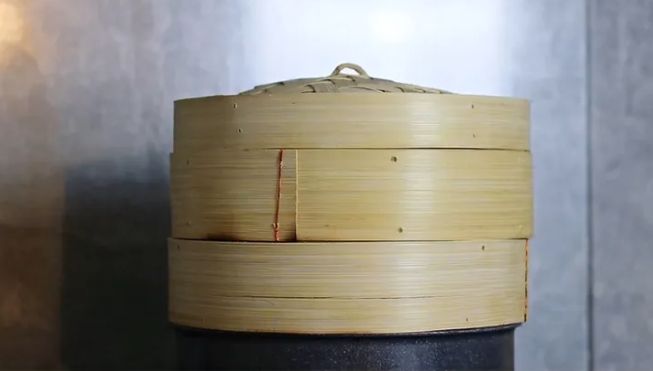

11. Finally all that’s left to do now is to serve, place the dumplings onto serving plates then optionally top with massago (fish eggs) and a few strands of fresh chives for a little bit of elegance. The best way to serve Har Gow is nice and simply to enable all of the amazing flavours of shrimp and gelatinous textures to flourish.
